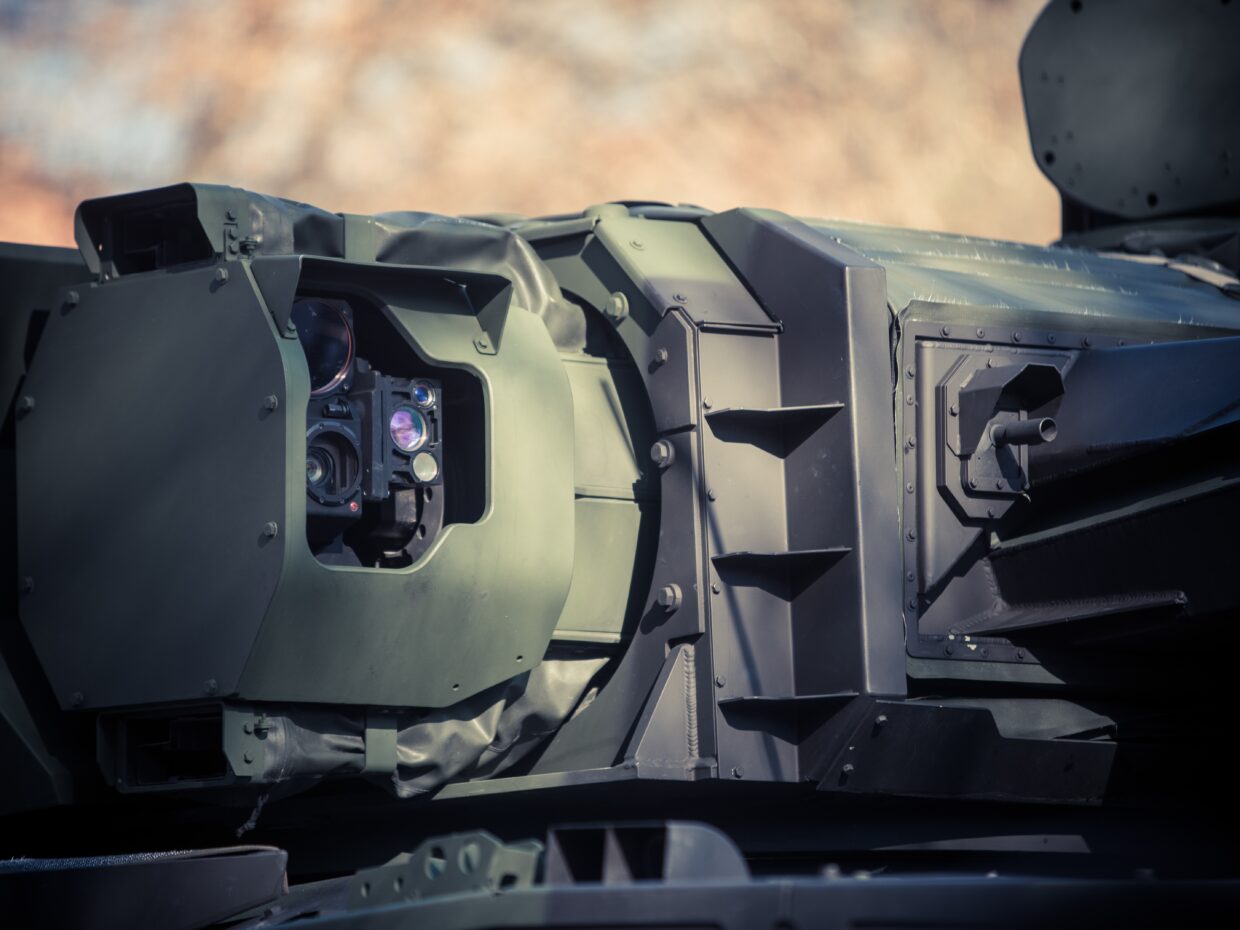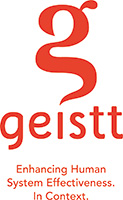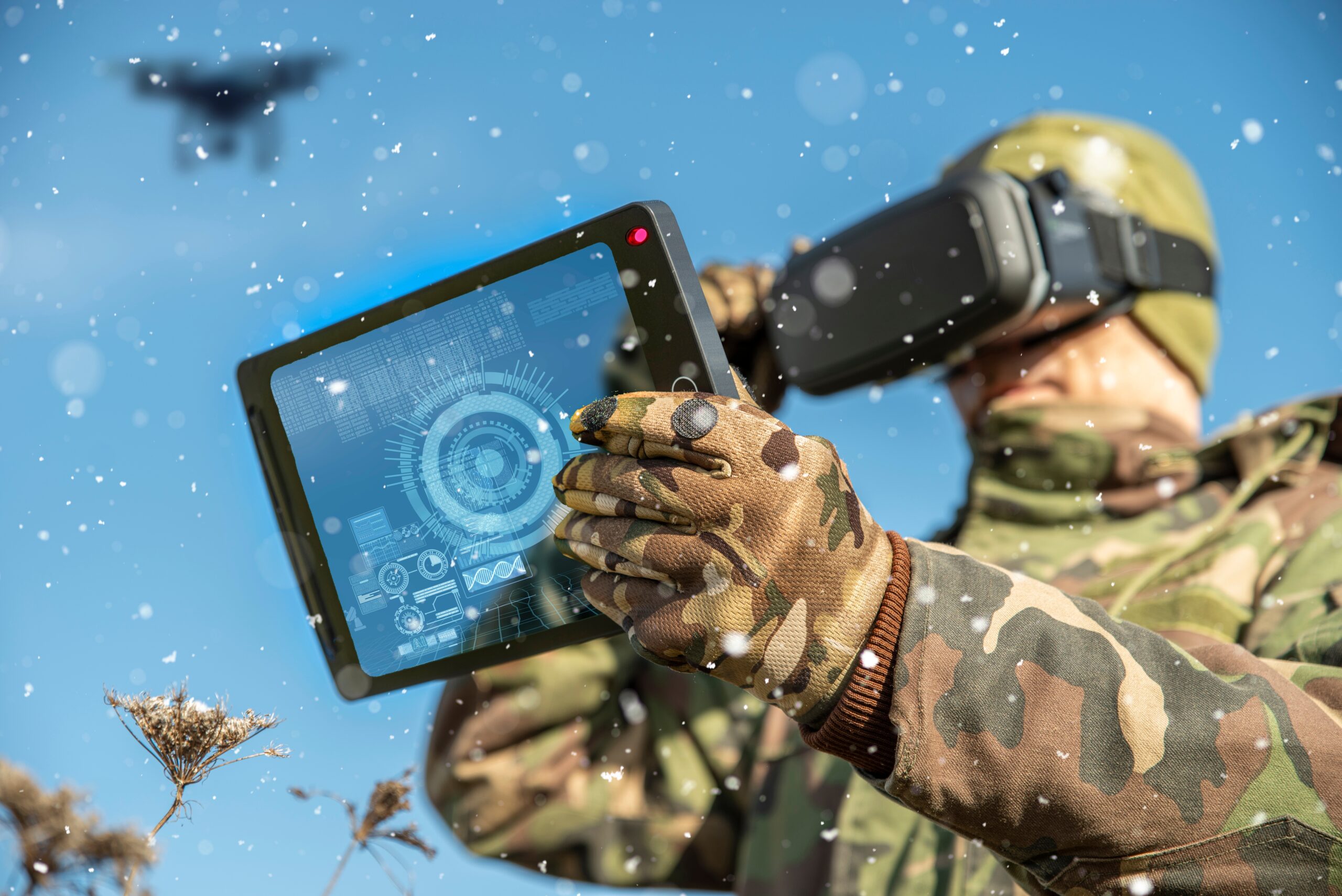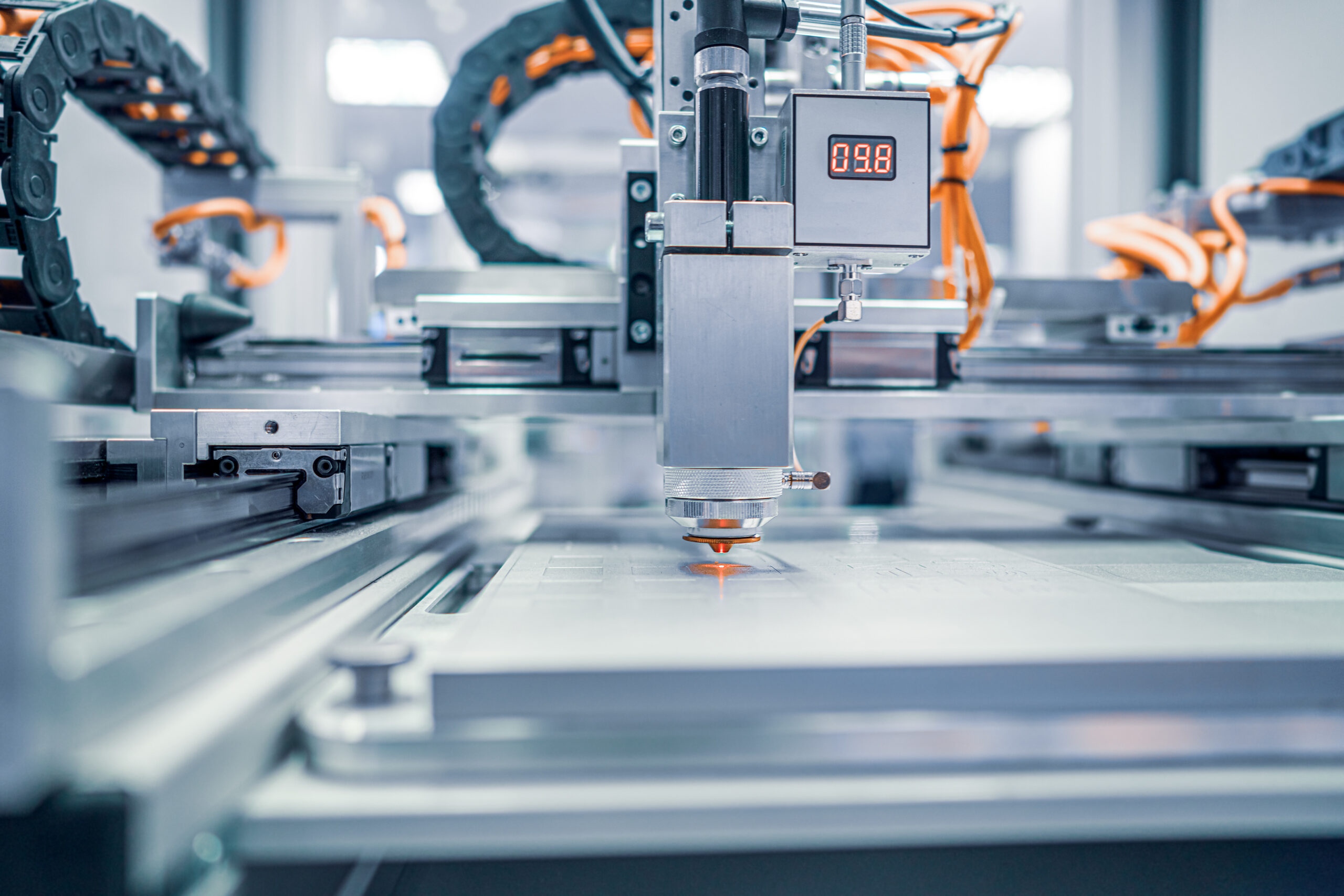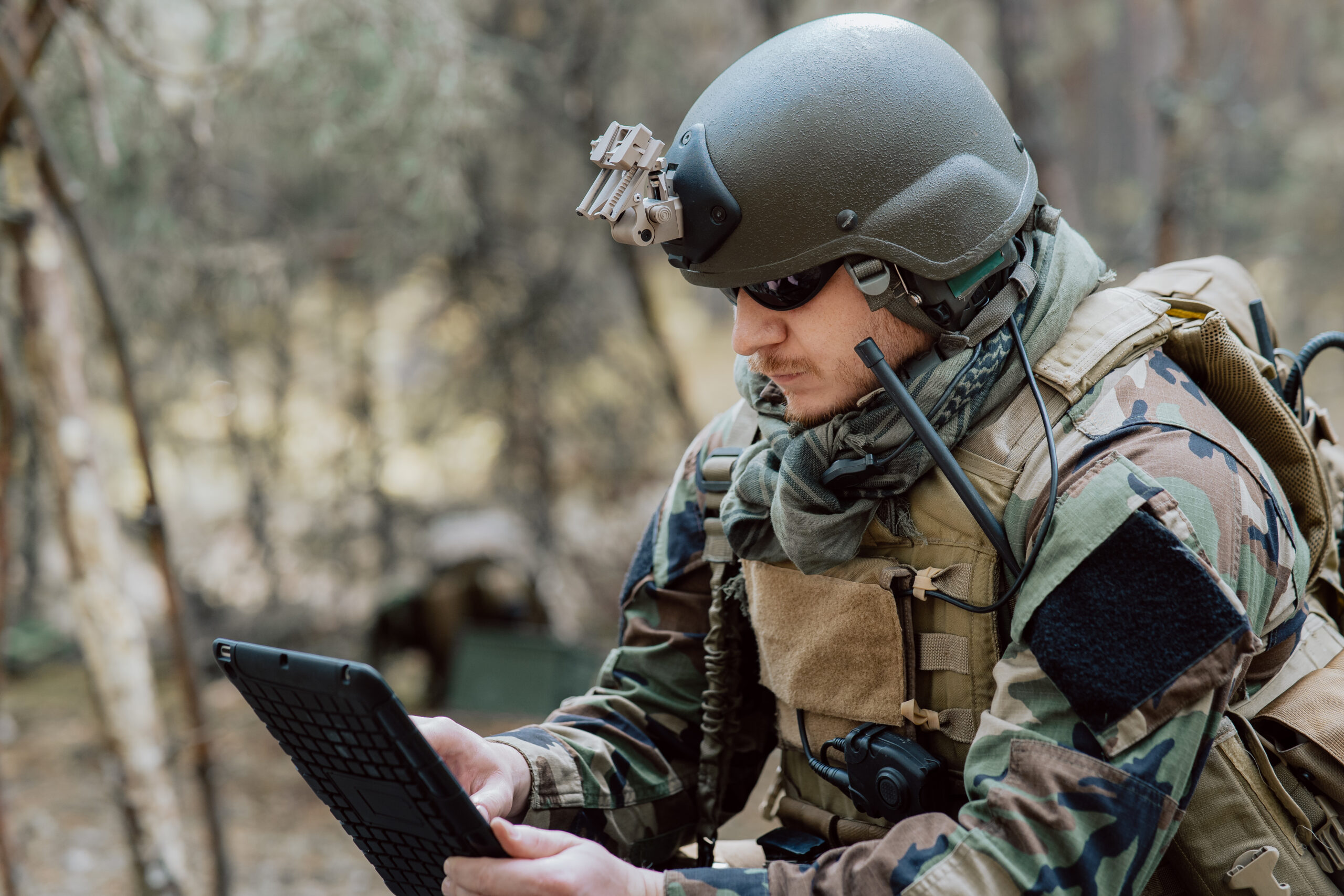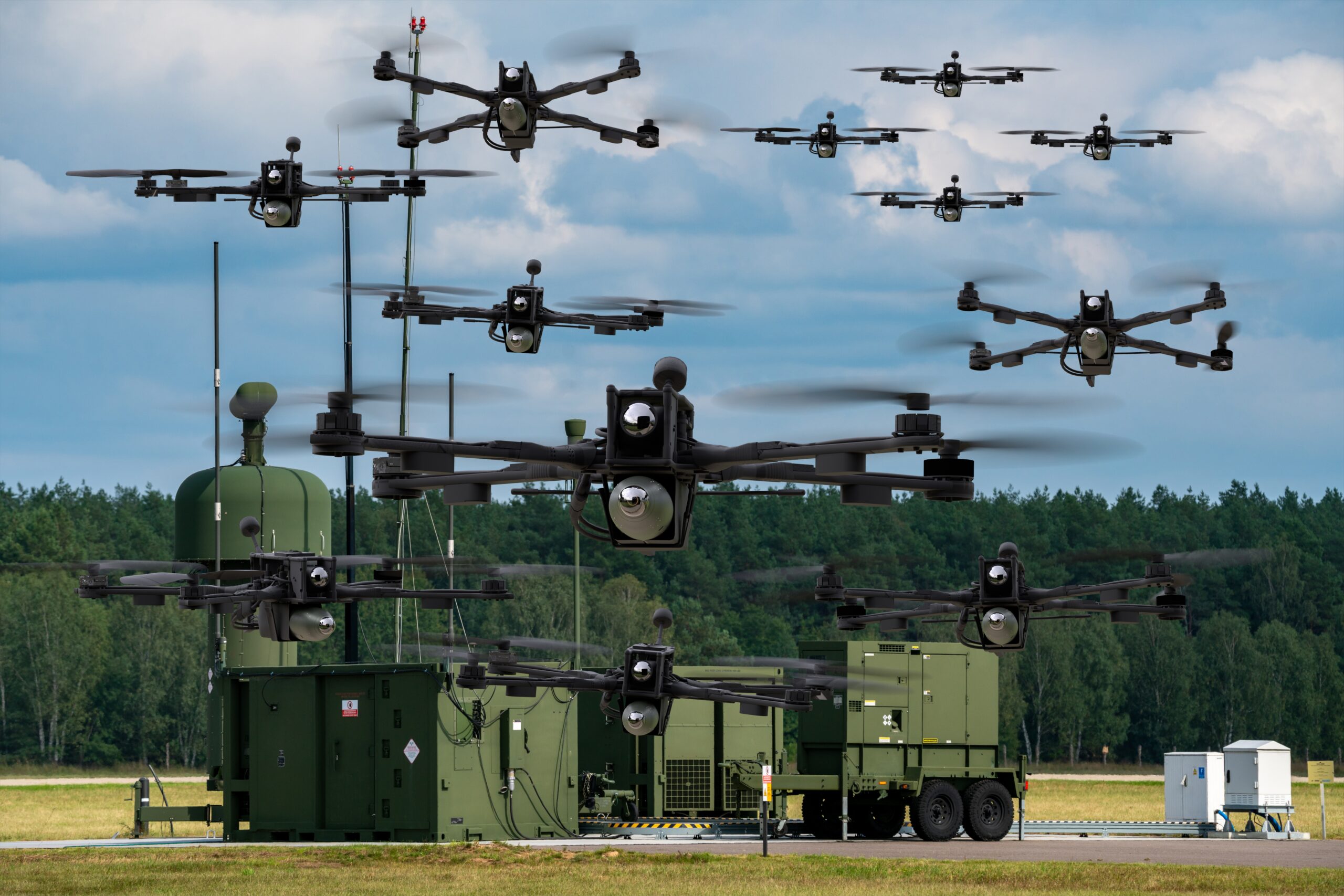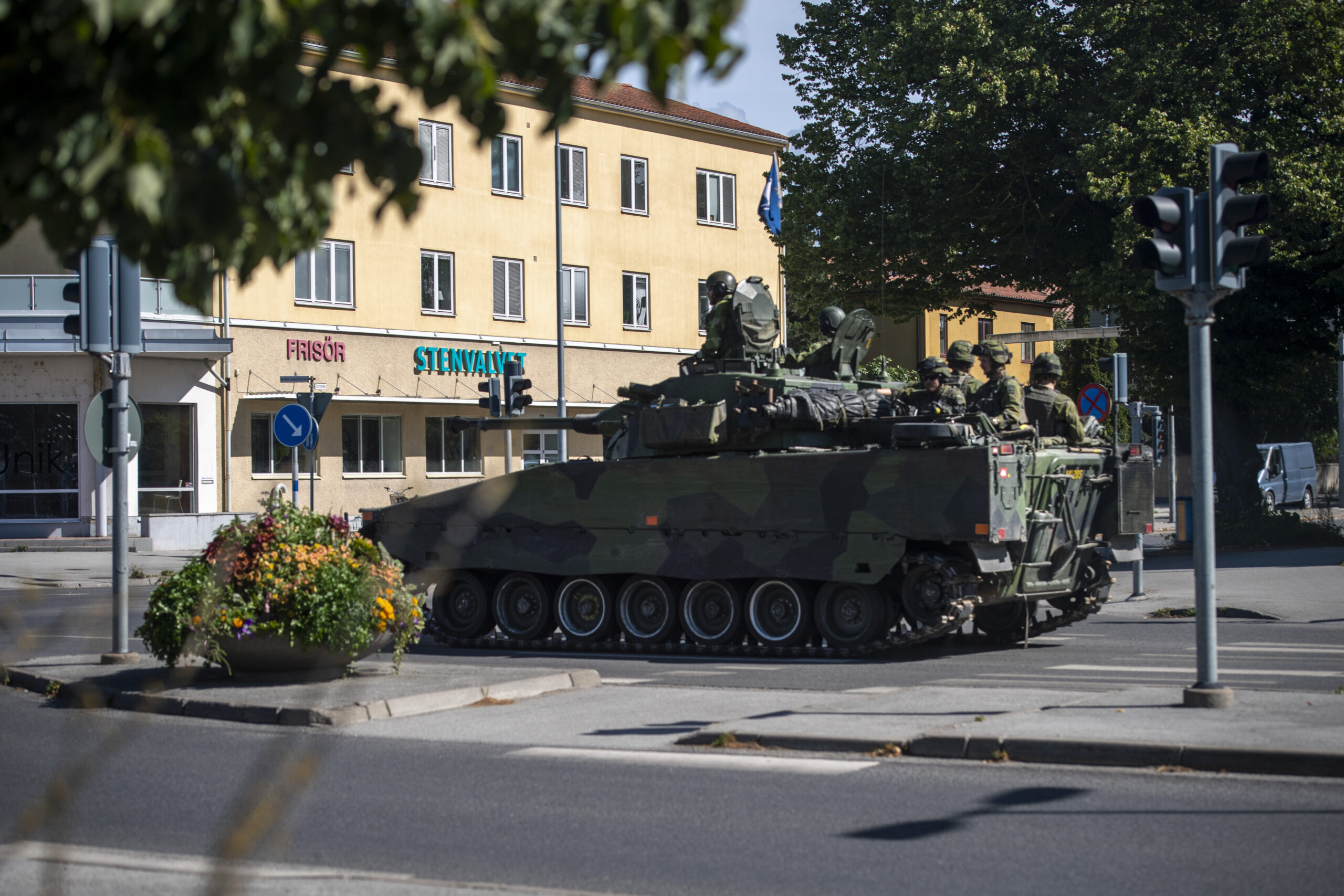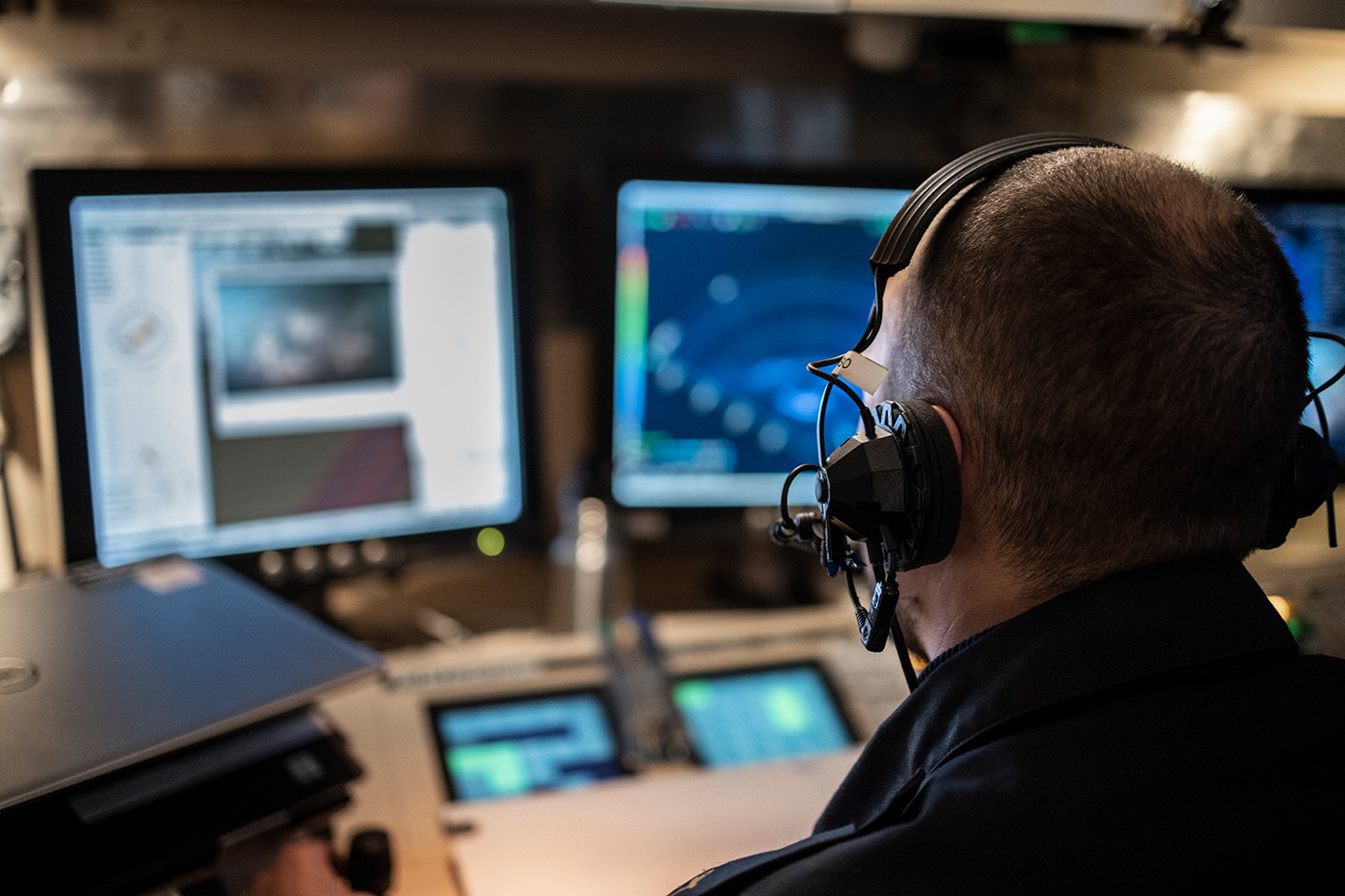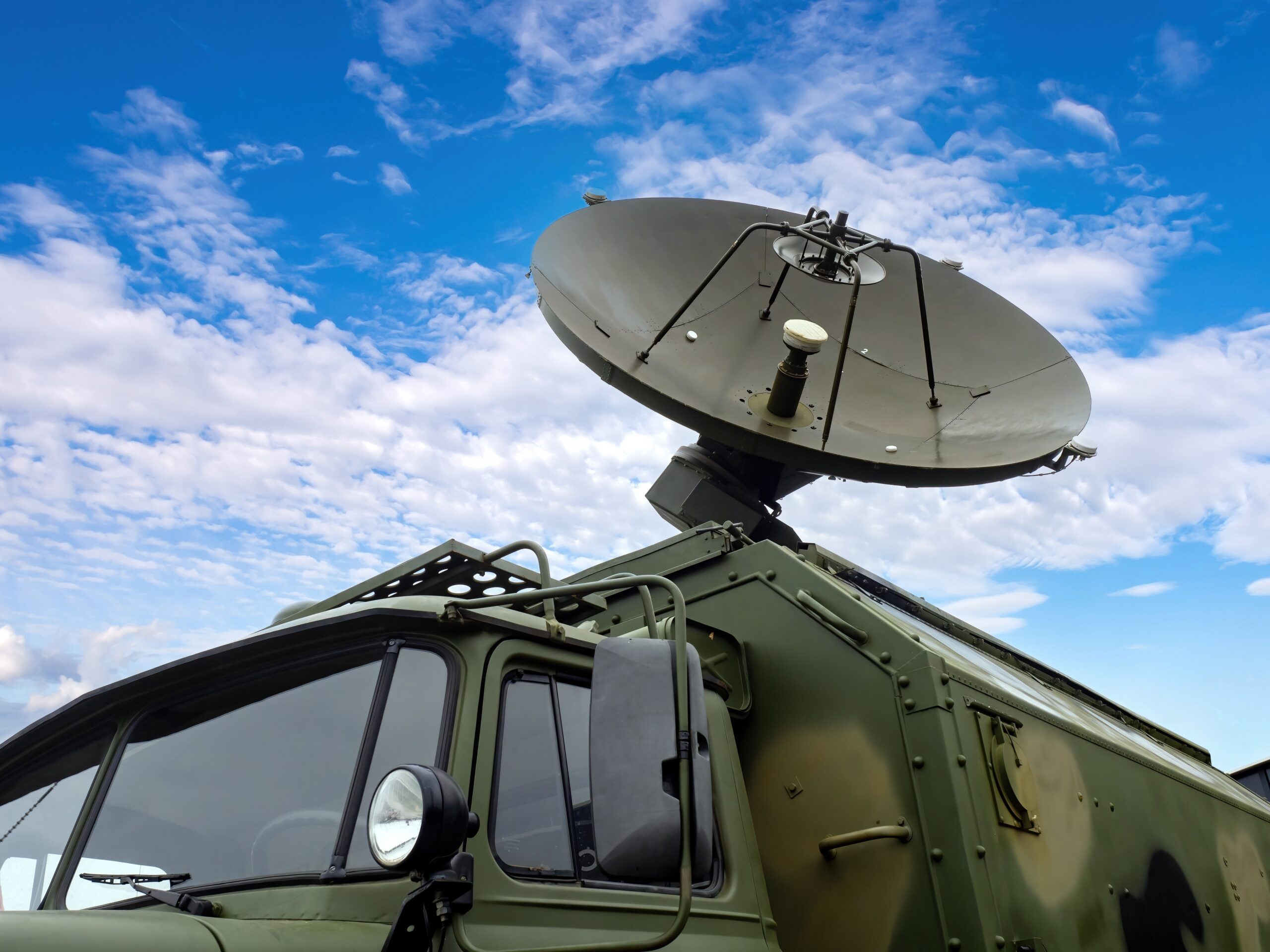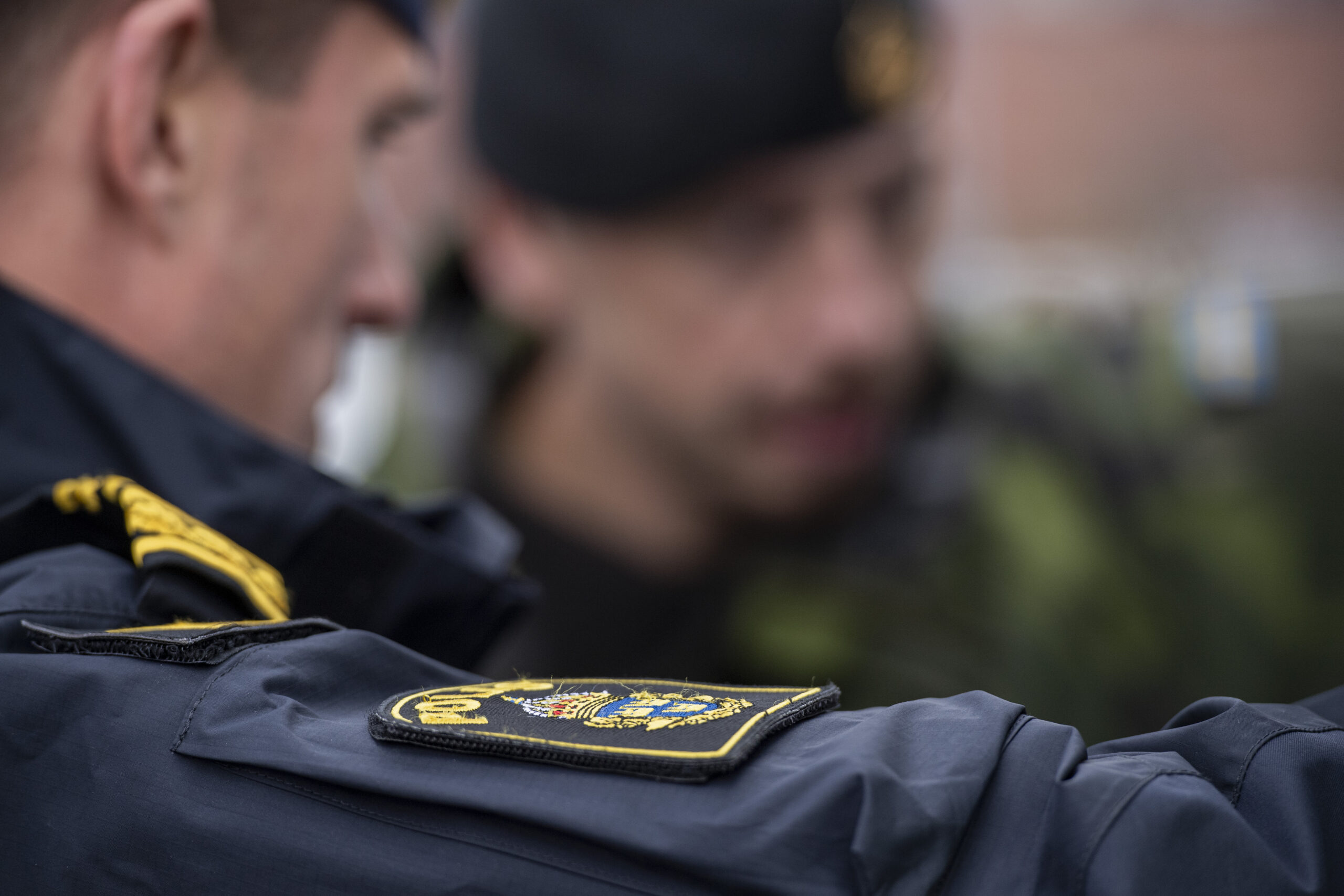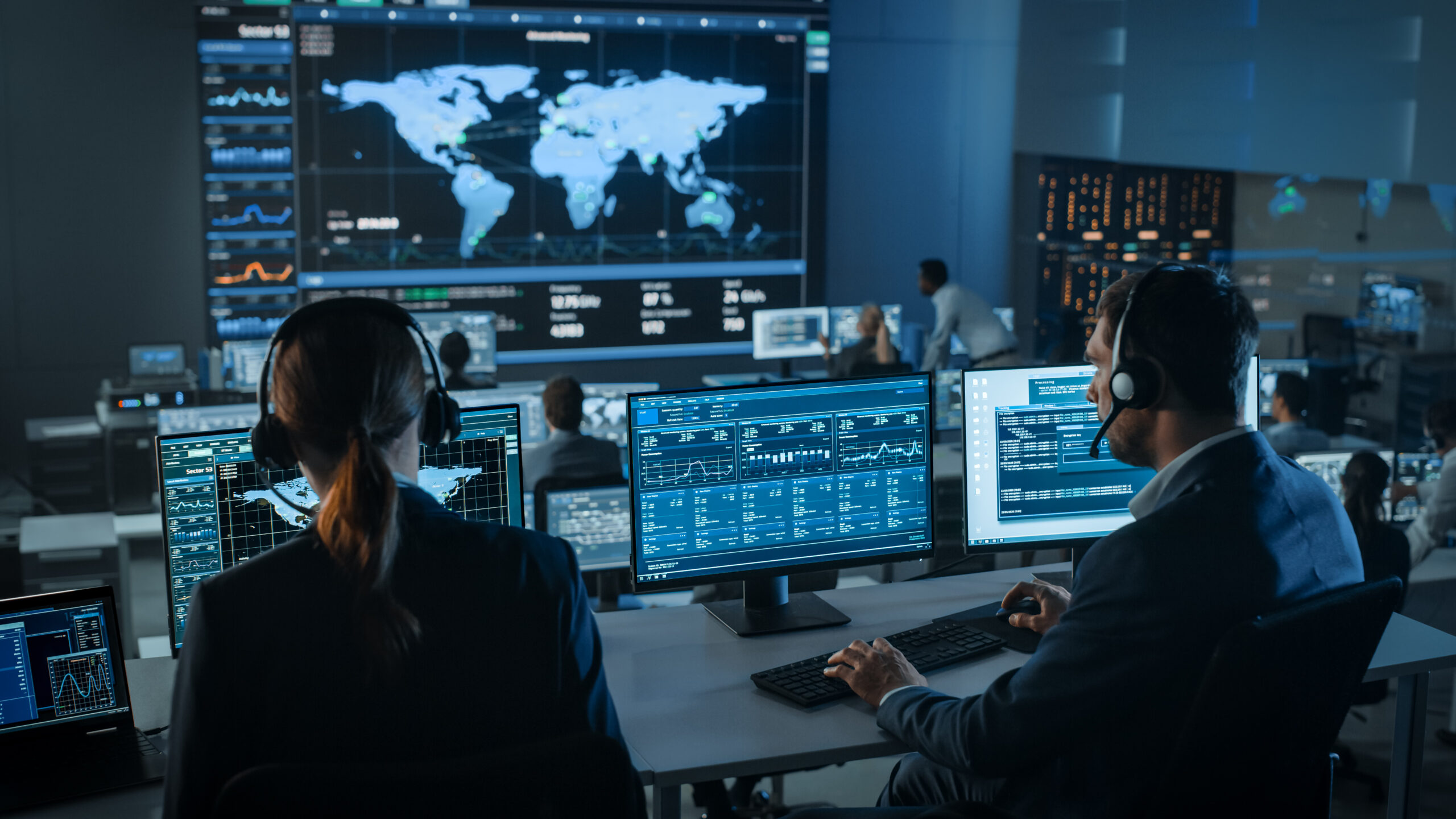Sensor enhanced capabilities
Acoustic sensors, which detect and analyse sound waves to identify and locate specific sources, are crucial for detecting enemy movements, such as the approach of ground forces or the operation of vehicles. Acoustic sensors contribute significantly to perimeter security and the protection of military installations.
Radar systems, operating across the electromagnetic spectrum, are indispensable for surveillance and tracking. Ground-based, airborne, and naval radar systems offer the military comprehensive coverage, enabling the detection of aircraft, missiles, and ships. Radar’s ability to operate in adverse weather conditions and provide long-range tracking makes it a cornerstone of modern military sensor arrays.
Chemical and biological sensors are designed to detect and analyse the presence of hazardous substances. In military contexts, these sensors are critical for identifying potential chemical or biological threats on the battlefield, enhancing the protection of personnel and ensuring rapid response measures.
Seismic sensors, capable of detecting ground vibrations, are utilised to monitor and detect activities such as tunneling or the movement of heavy vehicles. This technology enhances the military’s ability to detect clandestine activities and fortify defensive positions.
Furthermore, magnetic sensors are employed to detect changes in the Earth’s magnetic field, aiding in the identification of metallic objects, such as submarines or underground structures. This capability is crucial for naval operations and sub-surface threat detection.
WHAT IS THIS TECHNOLOGY AREA ALL ABOUT?
The sensor area in defence and societal protection involves the use of various technologies to gather information from the environment. This includes traditional and advanced sensors capable of detecting different signals such as electromagnetic radiation, heat, sound, and more. The data collected by these sensors is crucial for situational awareness, threat detection, and decision-making.
HOW COULD THIS TECHNOLOGY BE APPLIED?
Sensors have many applications – and growing. Some examples include;
Data Fusion:
Combine data from multiple sensors to create a comprehensive situational understanding. This could involve integrating information from electro-optical, IR, radar, and other sensors.
Machine Learning and AI:
Use artificial intelligence to analyze sensor data and identify patterns or anomalies, improving the efficiency of threat detection and reducing false alarms.
Communication Systems:
Ensure seamless communication between sensors, allowing for real-time data sharing and coordinated responses.
Geospatial Integration:
Integrate sensor data with geospatial information for precise location tracking and mapping, enhancing the effectiveness of military, law enforcement, and first responders.
Information Sharing Networks:
Establish networks for sharing sensor data between defense agencies, law enforcement, and first responders to create a collaborative and well-informed response to various situations.
HOW COULD THIS TECHNOLOGY BE APPLIED TO THE DEFENSE SECTOR?
Surveillance and Reconnaissance:
Electro-optical cameras, IR sensors, and multispectral cameras are utilized for surveillance. They provide real-time imagery, enabling monitoring of areas for potential threats.
Threat Detection:
Sensors, especially IR sensors, are crucial for detecting heat signatures, identifying hidden objects, and locating potential threats that may be camouflaged.
Border Security:
Sensors are employed to monitor and secure borders. They can detect movement, unauthorized crossings, or any unusual activities.
Search and Rescue:
Multispectral cameras can aid search and rescue operations by providing enhanced visibility, even in challenging terrains. They help identify individuals, objects, or anomalies more effectively.
Chemical, Biological, Radiological, Nuclear (CBRN) Detection:
Specialized sensors are used to detect hazardous substances, providing early warning systems in case of chemical, biological, radiological, or nuclear threats.
Integration in Unmanned Systems (Drones):
Sensors are integrated into unmanned aerial, ground, and underwater vehicles for remote reconnaissance and surveillance, reducing human exposure to potential dangers.
In summary, sensors play a pivotal role in enhancing the capabilities of defense and societal protection by providing critical information for decision-making, threat detection, and response coordination. Integration with other technologies amplifies their effectiveness, enabling a more robust and adaptive security infrastructure.
The electro-optical side, what are ordinary image or video cameras, is getting better. It is driven a lot by mobile phone development where the big dragons compete to make better cameras, which benefits the drone industry.
IR sensors, i.e. detectors that are often used to detect hidden heat generators, are getting better and better. Similarly, multispectral cameras – that is, electro-optical cameras that photograph and provide images that we humans can perceive. But the cameras also have sensitivity to certain wavelengths that lie both above and below our visible spectrum.
Multispectral cameras can also be used when searching for people in terrain. An IR camera is good there. But with a multispectral camera you can see clothes, even if they are green, they look completely different from vegetation. And when the search is for very specific things, the police might be looking for brass, i.e. cartridge cases, out in the woods, then they can have a camera that only looks for the wavelengths that brass reflects.

